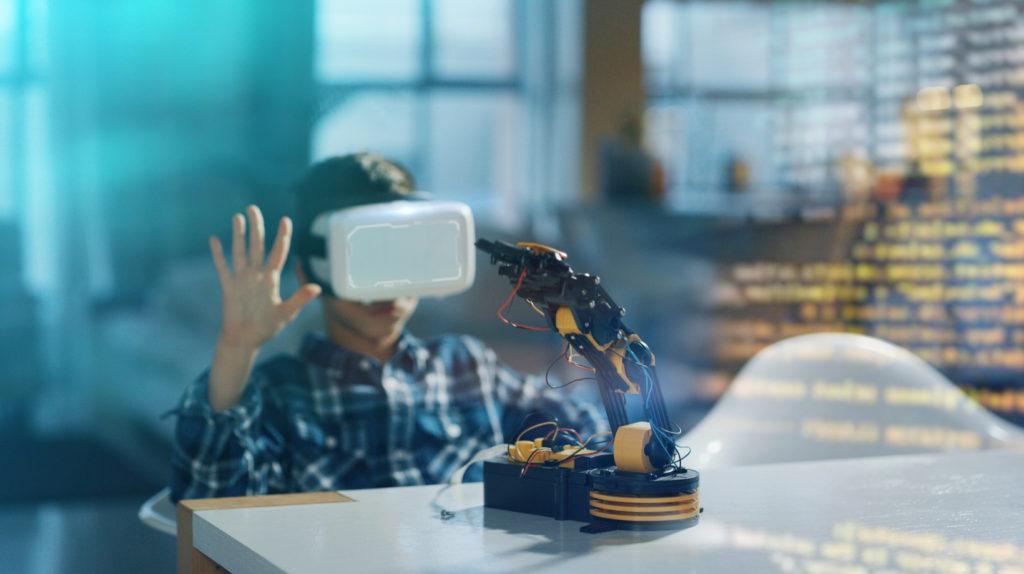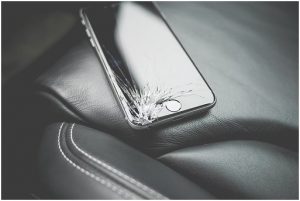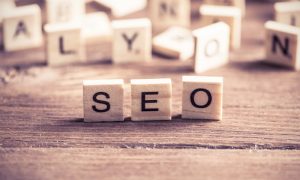As technology continues to advance, so too does the way we can learn. While the internet has enabled us to conduct research on any subject at ease, our learning spaces and facilities are also improving. Virtual reality is gradually becoming part of many industries and when it comes to schools and colleges, it’s no longer a case of simply sitting at a desk with your books. Here, we look at how VR is impacting the education sector.
Guided tours
Virtual reality allows you to get to know your learning space before you’ve even set foot on the property. An Ofsted report for Newcastle College praised the establishment’s world class facilities, and students are encouraged to take a tour of what’s on offer online.
By offering virtual reality tours,you are opening up your institution to prospective students away from the area as well as those on your doorstep. It can make your centre appear unique and special, helping you stand out from the crowd and is a lot more engaging than simply using photos to promote your space and courses.
Virtual classrooms
Not so long ago, the bulk of the learning experience came from teachers standing at the front of a classroom and students working through a text book. Of course, this still happens, but there are a host of other opportunities available too.
With Open University (OU) courses allowing students to study outside of a classroom, lesson plans can take you anywhere in the world. For example, recently the OU took students to the Great Barrier Reef via virtual reality. The Google Expeditions technology allowed students to go on a virtual field trip to a location which would be near impossible for them to actually visit.
Professor of Learning Technologies and Social Computing, Shailey Minocha, developed the field trips for the OU and said: “Our previous research has shown that the high degree of realism now achievable in virtual field trips complements the physical field trip experience and in imparting fieldwork skills. Virtual field trips also make it possible to experience activities and locations that may be impossible, or extremely difficult, to arrange in real life.”
Reports found that students benefit from class trips, with 72% gaining a better understanding of their subject and two thirds would do better in their exams if they went on excursions. With virtual reality this complex situation will be a lot easier to organise, meaning that virtual trips could become a frequent part of teaching.
Hands-on experience
Hands-on training is key to a student’s learning. Doctors and mechanics, for example, benefit from carrying out ‘on-the-job training’ in work experience and in-class modules. However, due to its complexity, virtual reality can help when it comes to time, cost and controlling the health and safety aspect of this experience. If apprentices or students can take part in surgeries or engine changes in a virtual environment, their learning period will be significantly accelerated. This allows them to learn a potentially dangerous task in a safe environment.
Not only this, but hands-on learning helps to increase learner engagement, helping to activate more parts of the brain, which in turn leads to information being stored for a longer period of time.
If education uses virtual reality wisely, we will see students hugely reap the rewards. Technological advances are providing the tools to change the way we learn and teach, and virtual reality can be a big player in this.


